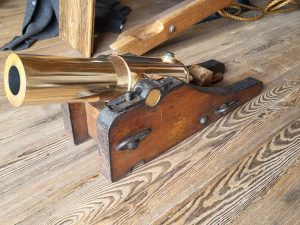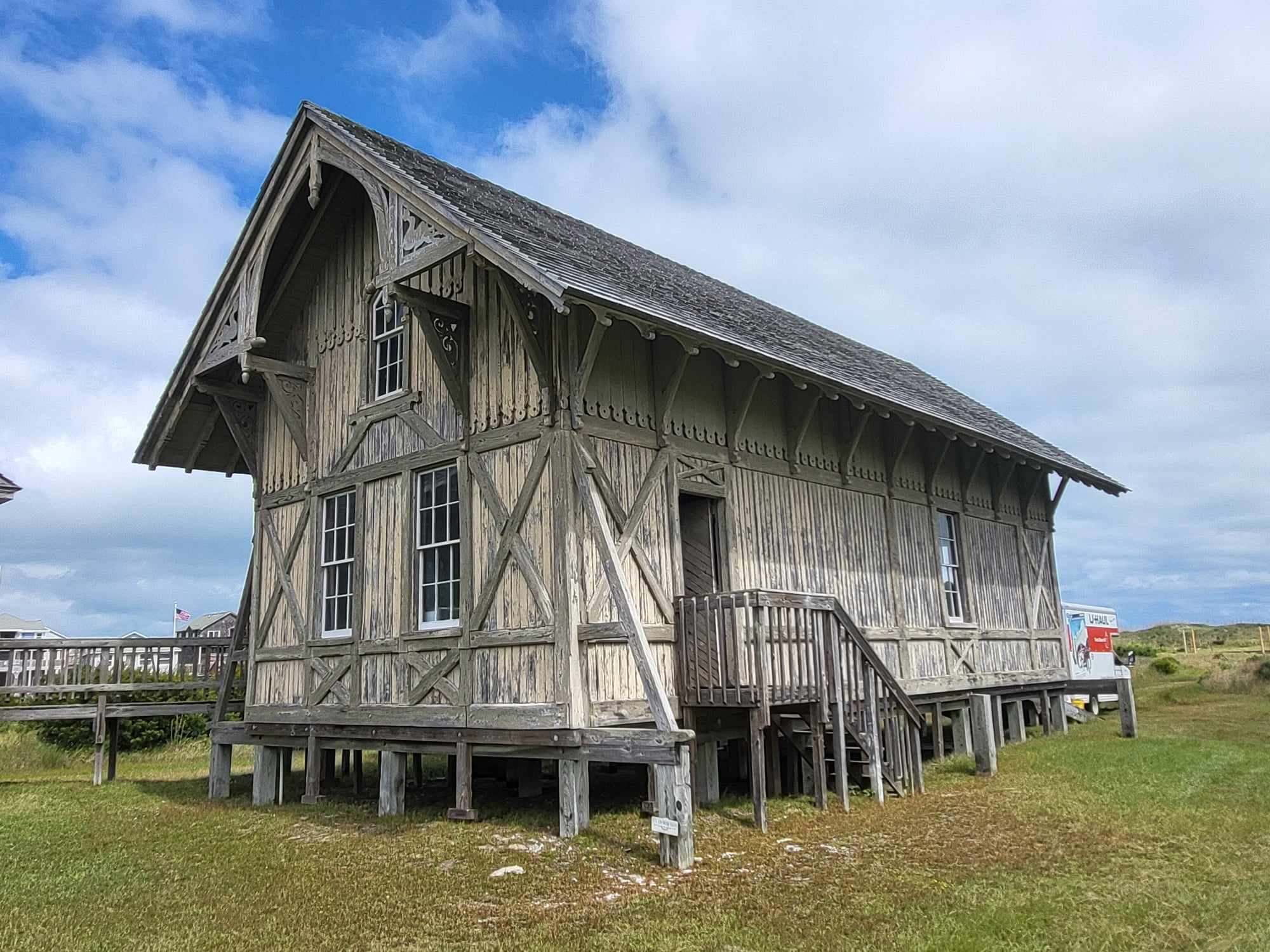Experts in Heroism – A Historic Rescue by the Subscribe Rescue station
On April 26, 1898, lifeguard E.S. Midgett of the Chicamacomico Life-Saving Station (LSS) spotted a schooner about eight miles offshore and observed it slowly making its way toward shore before anchoring about four miles northeast of the station.
She showed obvious damage, with both foremasts damaged, the mainmast missing and the sails pieced together. The weather was calm at the time, but her condition could put her in a dangerous position should the weather change. Lifeguards were on the lookout eagerly for a signal for help, but none ever came. The captain, LB Midgett, even raised code flags from the station lookout and asked if she needed help, but received no response.
As the evening progressed, the wind increased and the crew feared for their safety. They made preparations to respond immediately in case of an emergency. They kept watch all night, but the schooner held up well despite the rough seas and continued to show no signs of needing assistance.
At around 8:30 a.m. it became clear that the cables had broken and the ship was drifting towards the beach. The crew immediately set off with beach equipment and arrived on the scene just minutes after the ship hit the sandbank about 230 meters from the shore.
Keeper Midgett had called his sister stations at New Inlet and Gull Shoal, and they arrived moments after the CLSS crew. The schooner’s crew assembled on deck, but had to climb onto the jib boom as the waves continued to pound the deck.

Immediately the Lyle gun was brought into position and the first shot landed within reach of the sailors. They began to pull the whip line and block on board, but their precarious position in the rigging made this difficult. They made good progress but unfortunately time ran out as their schooner imploded beneath them and the entire crew fell into the surf.
Two were struck and killed almost instantly by wreckage, but four others struggled in the water. The rescue teams were equipped with heaving lines and when the ship broke apart they immediately scattered to the south, following the current that carried the swimmers along.
They drove as far into the rough surf as they could without losing their footing, so that when one of the men was within reach they could either catch him with their arms or throw him a line to pull him within reach. The crews were joined in the water by two locals, CP and AF Midgett, and together they pulled three out of the water, the last man being pulled to shore a mile south of the wreck.
The survivors of the George L. Fessenden remained at the station for several days, where they were supplied with clothing by the Women’s National Relief Association.
When they were ready to depart, the three crews that responded, as well as the stations at Little Kinnakeet and Cape Hatteras, provided the sailors with the money they needed for transportation. The captain of the Fessenden had been washed overboard when the schooner first struck the sandbar, so no one knew why he had not asked for help or shown a willingness to accept aid before it was too late. The remaining crew, however, sent a letter to the General Superintendent’s office stating that the loss of their shipmates was not the fault of the rescue crews, but calling their ship “rotten like a pear and a wreck before we ran ashore.” They praised the work of the rescue stations along the “terrible coast” and expressed the sentiment, “The men are experts in the heroic feat of saving lives and property.”
All in one working day at Coast Guard Station Caffey’s Inlet
Sometimes it’s about being there for the community: On April 1, 1916, the Caffey’s Inlet Coast Guard crew was involved in firefighting efforts in their neighborhood. First, they rescued some furniture from a burning house and then prevented the fire from spreading to adjacent buildings.
You can hear more stories like this at the Chicamacomico Life-Saving Station, where history comes alive.

